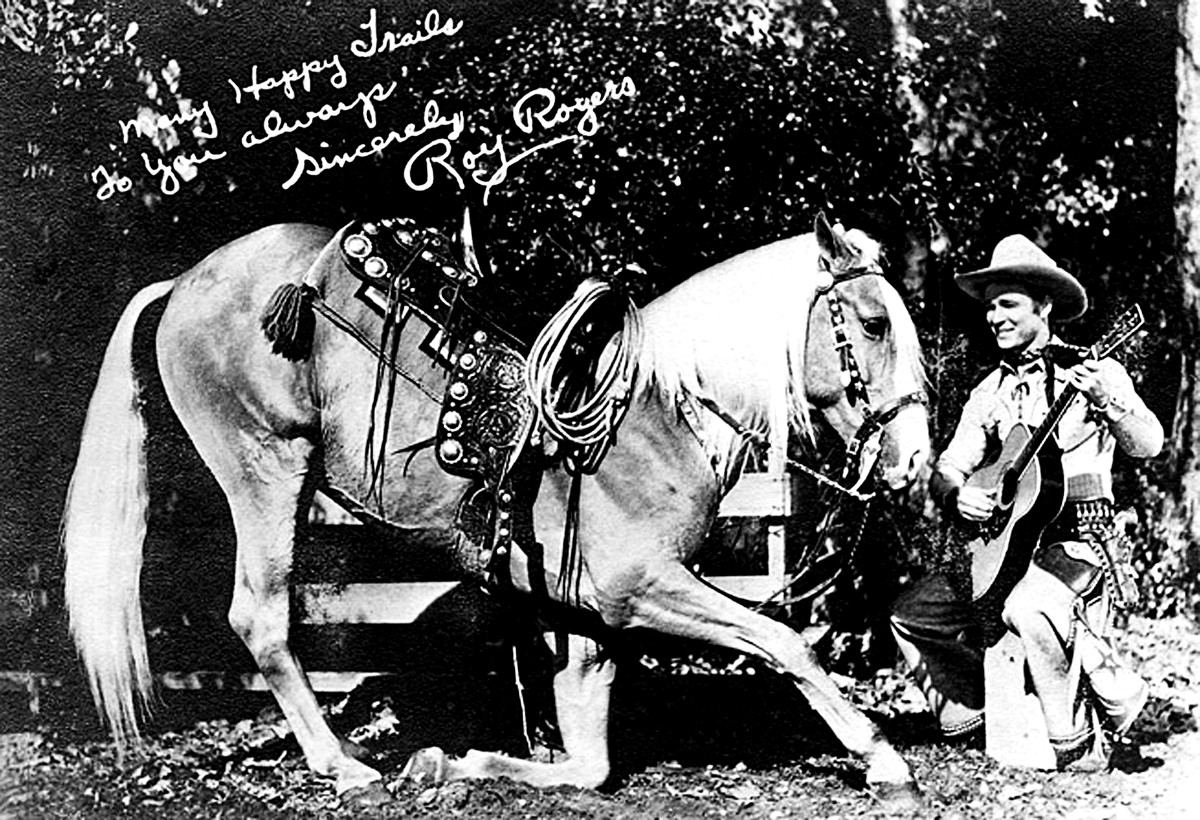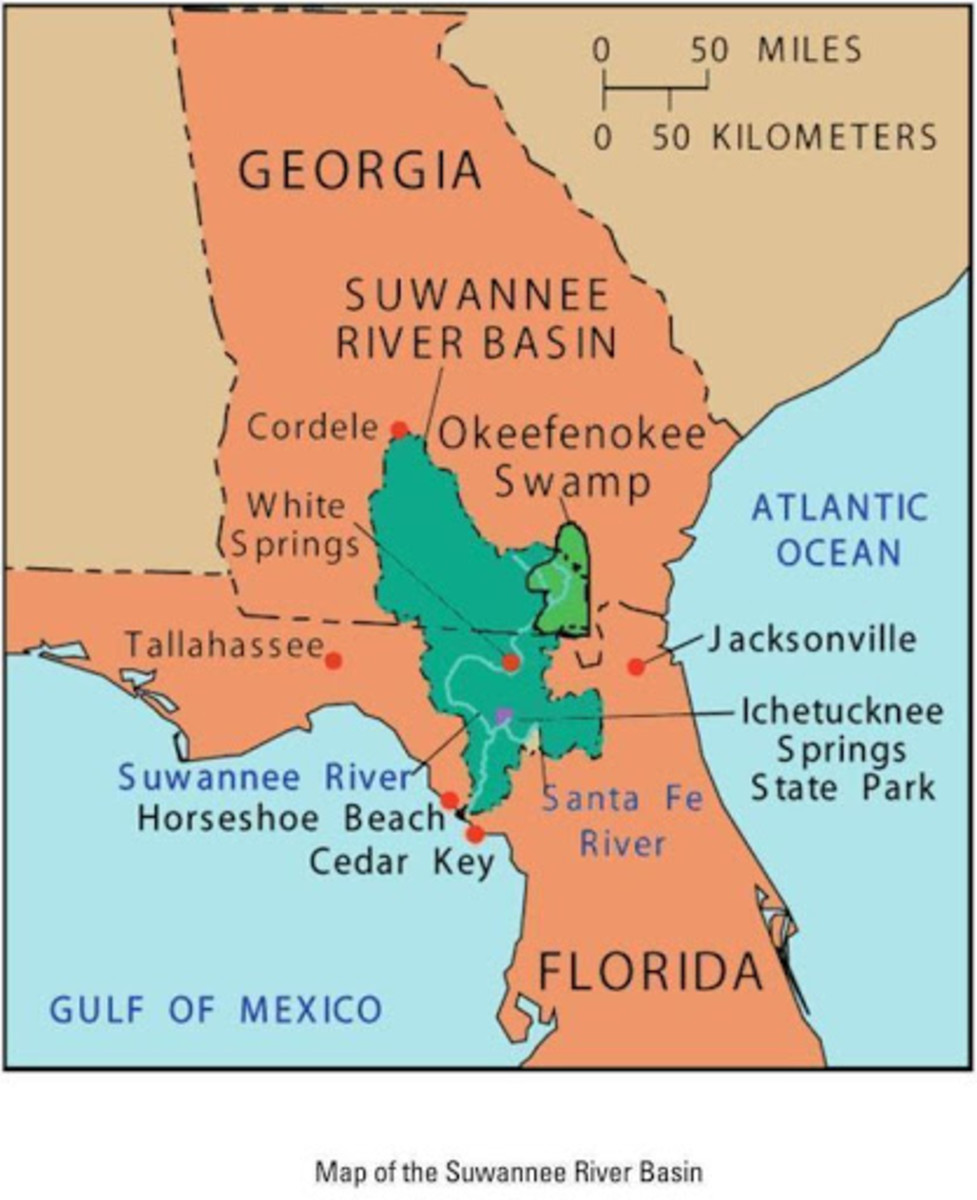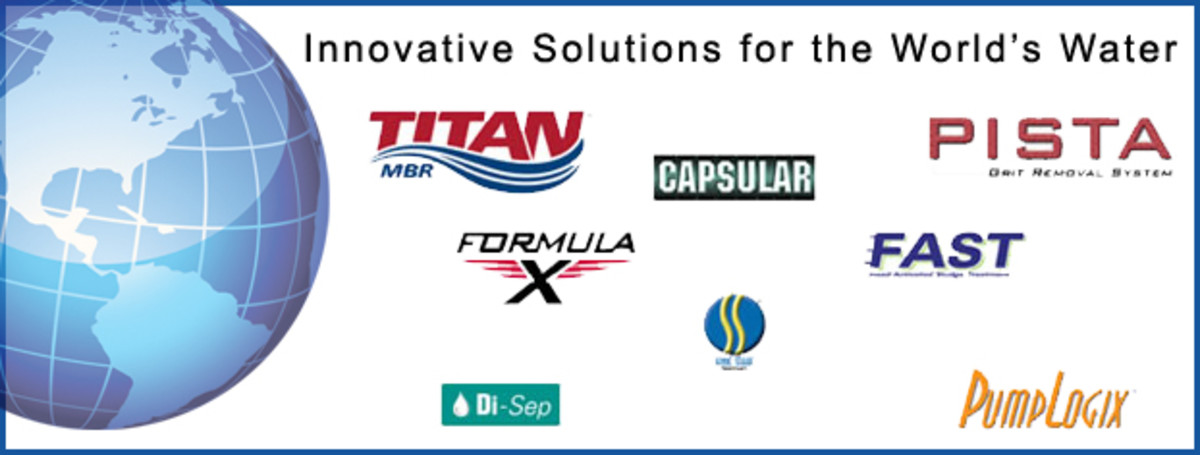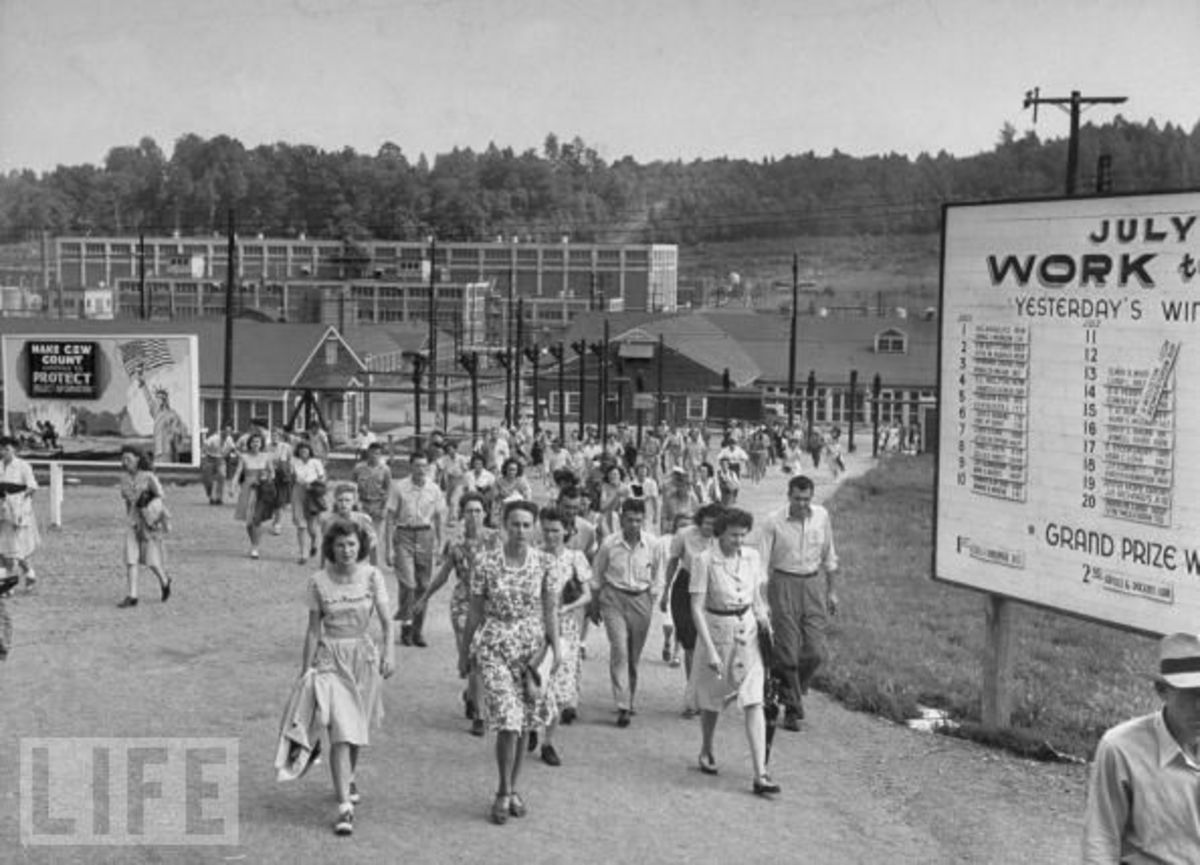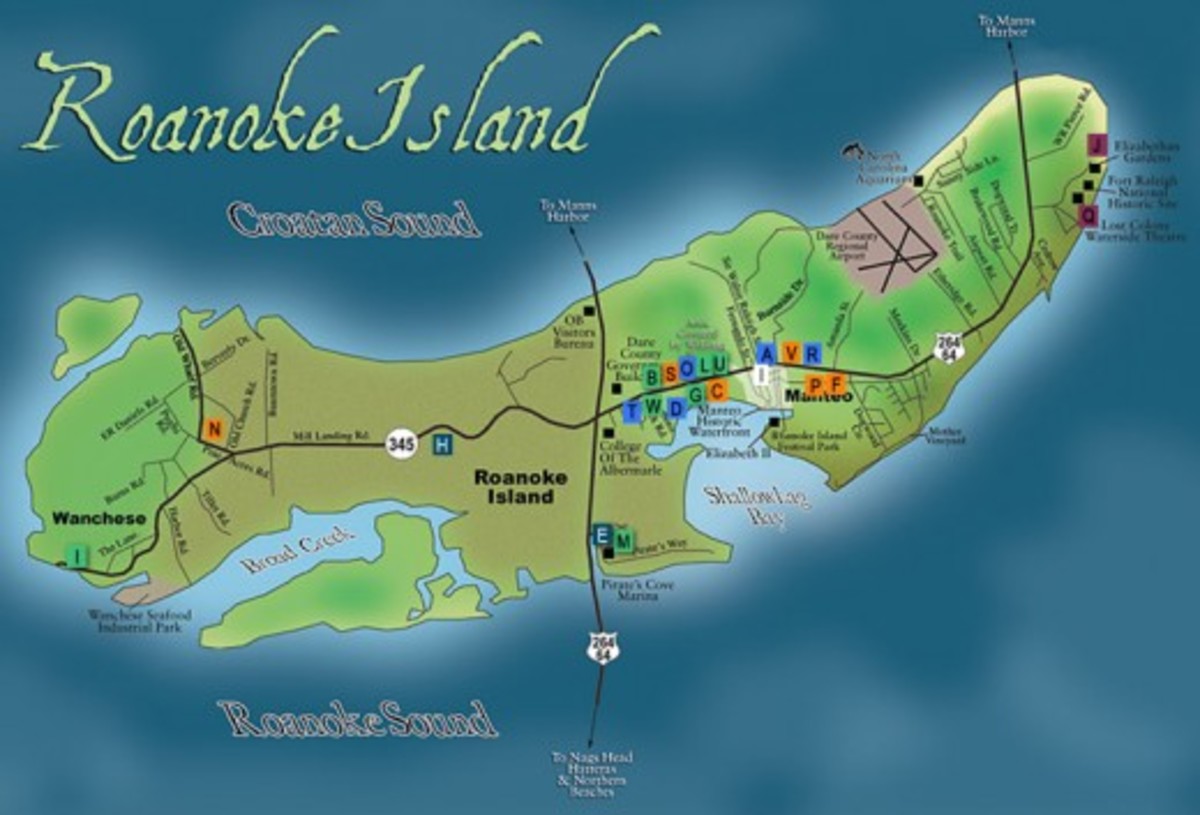- HubPages»
- Education and Science»
- History & Archaeology»
- History of the Americas
Brief History of Lunchboxes
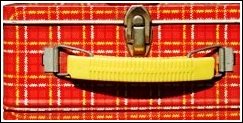

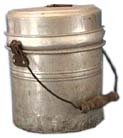
In 1902 the first lunchbox designed specifically for kids hit the market. It was shaped like a picnic basket with pictures of children playing on its side. Previous to these colorful boxes was the lunch pail…a cumbersome, heavy-duty metal thing with a latch.
At the time, carrying a lunch pail wasn't considered “cool,” rather more of an indication of a lower social class. Be that as it may, children in the 1880s were creative. Many made their own out of empty colorful biscuit, cookie and tobacco tins of the day.
In 1935 a Mickey Mouse lunchbox appeared giving a hint as to the future of school lunchboxes. However, it wasn't until the 1950s the idea really caught on. A company called Aladdin was one of the first to recognize their potential.
Aladdin had been making lunchboxes for the working class for years, but in post war America, sales had been steadily declining. This was an instance where making a durable product which could last for decades was not actually conducive to the company’s prosperity.

Hopalong Cassidy
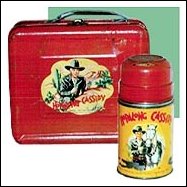
The "Buccaneer"
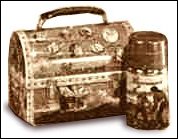
Disney School Bus
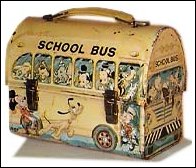
Aladdin company executives got together and came up with an ingenious idea. Why not put pictures of popular icons on them…like cowboys. Cowboys were popular on television and in movies at the time. Hopalong Cassidy, played by William Boyd, was doing well. Why not him?
So, they slapped a drawing of “Hoppy” onto the side of a red lunchbox / thermos set and put it on the market. The "Hoppy" lunchbox was an immediate success. Aladdin sold 600,000 at $2.39 each the first year. In 1952 they had even better sales with “Tom Corbin, Space Cadet.”
However, Aladdin made a mistake when they figured one cowboy star was enough. When Roy Rogers offered his likeness for a lunchbox, they turned him down. American Thermos (AT) in Connecticut hastily signed him on. They sold 2 1/2 million Roy Rogers & Dale Evans boxes in 1953. But, AT also had a few original ideas.
They began using bright, full-color lithography on all sides of the box instead of a decal on one side. Aladdin followed suit in 1954 with their own line. A few new companies like ADCO Liberty and Universal also jumped on the band wagon.
Manufacturers scrambled to be the first to tie up rights to popular new TV shows. It was a great idea, but had one serious drawback. The cost of buying rights to licensed characters and TV shows was becoming very expensive. What if the show was cancelled? They’d be stuck with warehouses full of an unsellable product.
In 1962, Aladdin came up with another ingenious feature. They stamped the designs into the metal, which gave it a bas relief, 3-D effect. But another change was also in the wind.
The square shape was about to be challenged with another. Enter the “dome” shape, which actually wasn’t anything new. That was the shape workman type boxes had been made in for years, but without the art work. The rounded type gave artists more space to work with. At the same time, it was a cost cutting measure.
Aladdin decided to create some generic-subject boxes freeing them from the high cost of star studded production rights. Aladdin's first dome shaped box was the "Buccaneer" in 1957. It was a huge success. Other dome patterns featured the VW Bus and the Disney School bus… the biggest seller of all time.
But as they say, all good things must come to an end. There were about 120 million lunchboxes sold between 1950 and 1970. But such makers as ADCO stopped production in 1956; Universal in 1963 and Ohio Arts in 1985. What happened?
The fault lay partly with the manufacturers themselves. In an effort to cut production costs they began switching to molded plastics and vinyl’s. The last metal lunchbox, featuring “Rambo” was made in 1987. Even with these cost cutting measures, Aladdin gave up the lunchbox business completely in 1998 leaving only Thermos in the game.
Another reason for the demise of metal lunchboxes came about in 1971-72, when a concerned group of parents decided metal lunchboxes could be used as weapons in school-yard brawls and demanded safety legislation to be passed.
The vinyl lunchbox trend didn’t last long. One industry insider described them as "a piece of shower curtain plastic, heat-sealed over cardboard."
In the beginning, the Barbie, and Beatles line did well, as did a generic called "Bobbie Soxer." But bad designs and cheap construction soon put them out of the market. Relatively few have survived. Today, many of the old metal lunchboxes have become valuable collector items. The vintage era for lunchboxes is considered to be from 1950-1987 after which they converted over to being plastic boxes.



